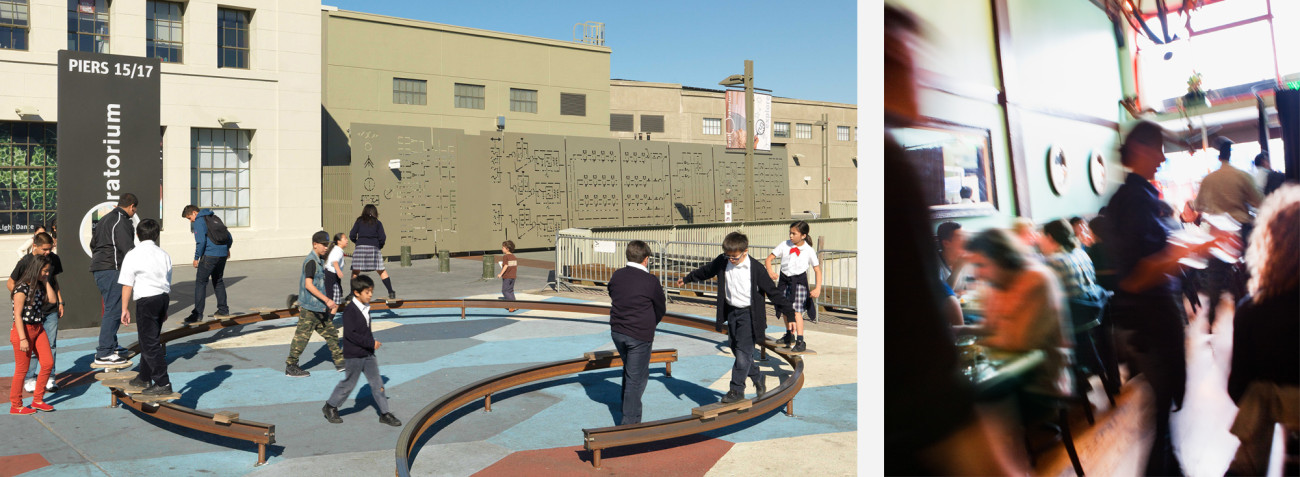When no one wants to finance or buy what you build, the term developer takes on a new definition.
For Christopher Meany, the unraveling real estate market means focusing on long-term projects instead of erecting today’s, preserving capital rather than putting it to work and self-inflicting the sort of delays he’d grumble about if imposed by some agency.
The partner with Wilson Meany Sullivan, the San Francisco firm best known for transforming the century-old Ferry Building into an epicurean sensation, said plummeting prices and the lack of liquidity make it all but impossible to forge ahead with any housing, offices or retail space that would hit the market in the next year or so.
Such delays inflate carrying costs like taxes and insurance on projects, reduce or delay returns, necessitate cutting internal costs to the bone and make for some uncomfortable conversations with creditors. But there are few alternatives given the harsh realities of the industry, he said.
“Prudence tells you rather than force things onto the market, understand you’ve got to sit on things longer,” he said. “Like the wave crashing over me, I’m not going to fight it, I’m going to relax and let the wave wash over me.”
This Zen-like attitude is fostered by one fact that he strives to remind himself of: There aren’t enough homes to meet the projected needs of a growing population. Equally important from the perspective of Wilson Meany is that demographic trends, environmental concerns and shifting tastes mean more and more of these people want to live in cities.
The company focuses on development in the Bay Area and Los Angeles. In addition to the Ferry Building, Wilson Meany’s completed projects include the historic renovations of One Powell and the Flood Building – the retail, residential and office mid-rises that flank San Francisco’s famed cable car turntable and border BART.
Among other pending projects, Wilson Meany is working with Lennar Corp. on renovating the naval base on Treasure Island, which would cluster hotels, stores and thousands of homes near a proposed ferry terminal. It is also pursuing the second phase of redevelopment at the Bay Meadows horse racing track in San Mateo, scheduled to assemble more than a thousand units of housing and hundreds of thousands of square feet of offices near an express Caltrain station.
Environmentalists and planners alike have come to embrace this approach – putting old sites near public transportation to new, denser and varied uses – as a near environmental panacea. Done properly, it can reduce driving and with it greenhouse gas emissions, ease pressure on open space and farmland, and allow for more efficient use of water and energy resources.
The housing downturn “is a shallow story. It doesn’t deal with the fundamental truth of our lifetime: our population is growing and it’s outstripping its environmental resources,” Meany said. “Cities need to be habitable, high-quality places to live. Otherwise they won’t be the magnets we need them to be.”
In other words, even if the short-term trends are bleak, he believes the long-term ones will vindicate the company’s model.
Indeed, some argue the ongoing slump has already done so. Outlying parts of the Bay Area – places such as eastern Contra Costa and Solano counties that feature cheaper homes but longer commutes – have seen far greater price declines than denser-city dwellings.
As the economy recovers, Meany hopes builders learn from this and rethink their business practices. But he fears risk averseness will prevail instead; that a heightened fear of the higher up-front expenses and delayed returns big-city projects entail will again propel development ever farther from the core.
This worries Meany from a social perspective. From an individual business perspective, however, it’s not necessarily all bad.
The challenges of building in urban areas have long meant that those with the patience, experience, connections and money to get anything done are able, as Meany put it, “to make a good living.”
Cities are where housing stock is often tightest and yet nothing about the market downturn has made it any easier to navigate the bureaucratic approval process for projects, Meany said. Securing entitlements for large San Francisco projects can exceed five years.
“My fear is not that the market will remain like this,” he said. “My biggest fear is that the projects take so long to finish that I will miss the inevitable recovery.”
So for Meany, there’s ample advance work to be done today, plenty to focus on even if he can’t start digging holes or driving piles tomorrow.
“You want to be sure the distractions of the current market don’t deflect attention from getting that job done,” he said. “Because in the long-term, we’re going to find that real estate in the infill areas of San Francisco and Los Angeles will be harder to penetrate and more valuable.”
The series: During the last two weeks of the year, The Chronicle Business staff is running a series of profiles on prominent business leaders in the Bay Area who are managing their way through the severe economic downturn.Christopher Meany
Age: 47
Title: Partner with Wilson Meany Sullivan, a San Francisco development firm that focuses on mixed-use, urban infill projects.
Favorite business saying: “We’re in an ocean liner, not a speedboat, and it’s more important to communicate where we’re going than to rely on being able to make quick turns.”
Favorite recent book: “Team of Rivals: The Political Genius of Abraham Lincoln” by Doris Kearns Goodwin.
Read the original story here.
